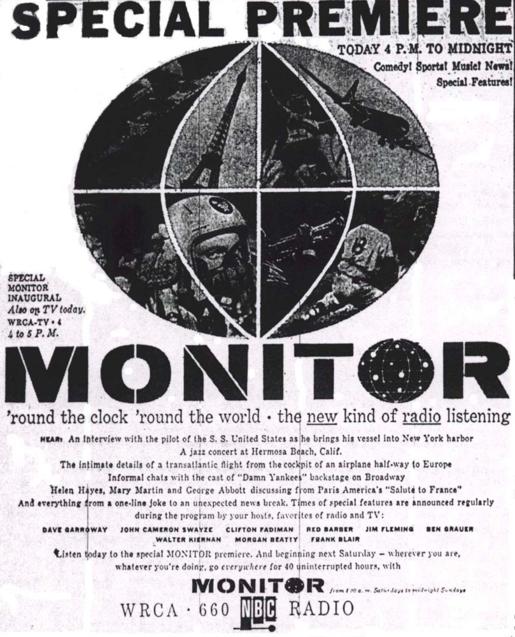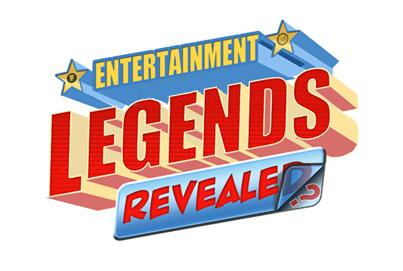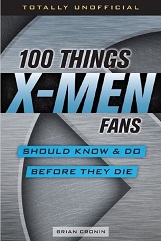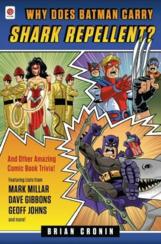Did the Pestering of Reporters Lead to the Famed Description of the NBC Monitor?
Here is the latest in a series of examinations into urban legends related to radio and the people “behind the microphone,” so to speak, and whether they are true or false.
RADIO URBAN LEGEND: Pat Weaver came up with the trademark description of The NBC Monitor on the fly when being pestered by reporters.
The NBC Monitor was a radio program that basically saved NBC Radio in a time when radio was deemed on its way out with the advent of television.

The show almost defied definition, as NBC (Radio and TV) President Pat Weaver came up with the idea of developing a weekend program that would put together the best minds available to NBC and producing quick bits of news and infotainment that would last the whole weekend. It would work so that no matter when you turned to the program, you would be able to get SOMEthing interesting to listen to.
It was seen as a bizarre gambit by Weaver at a time when radio stations were locked into general 30 minute or 60 minute shows, but it definitely paid off.
Basically, it is the same principle Weaver used on television for NBC’s Today Show (which still goes on today). You just use up blocks of time with interesting people and viewers will tune in. Soon, basically every radio station affiliate across the country were “on the Monitor Beacon.”
The show was introduced with an otherworldly sound called the Monitor Beacon (it would also be used to transition out of station breaks).
Courtesy of the great Monitor tribute site, The Monitor Beacon Tribute Pages, click here to hear an MP3 of the Monitor Beacon sound.
In any event, as you might imagine, it was difficult for Pat Weaver to describe a show that would have, say, X minutes of an old-time radio show then X minutes of visiting a Celebrity Chef then X minutes of straight news then X minutes of Bob and Ray doing a comedy routine then the weather (done in a breathy, sexy voice by “Miss Monitor,” played by actress Tedi Thurman) then X amount of minutes of live jazz.
So when he first described the show to affiliates on Friday, April 1, 1955, the affiliates must have felt that this was some sort of April Fool’s joke by Weaver! While they did not fully grasp the concept all that well, Weaver had an even tougher time when he debuted the concept to reporters in a press conference a few days later.
It is there that Weaver actually came up with the phrase that would forever be connected to the Monitor – and he did it on the fly!
We went through all of the vignettes and the personalities and the philosophy of extension and personal magnetism, all the different little pieces we were putting together in this little mosaic, and finally one of the chaps from the press got up and in what I considered to be a somewhat surly way and said, “Look, can’t you just tell us what this program is in two words?” And I looked at him and I said, “Yes, it’s a kaleidoscopic phantasmagoria,” which of course broke up the group.
It might have amused the reporters, but it also caught on.
A bunch of the papers repeated that phrase in their articles the next day, and soon it would be the phrase that would follow the Monitor along, and it certainly does describe the Monitor!!
By the 1970s, though, even as the Monitor tried to bring in big-name younger personalities, such as Don Imus, radio stations were going more and more into two areas that basically crippled the concept of the Monitor…
1. Stations wanted to be identified by ONE thing – whether it be talk radio or music, whichever, they wanted to be the station that was X and Monitor, of course, was ABCDEFGHIJKLMNOPQRSTUVWXYZ
and
2. Stations wanted local disc jockeys who could gather a cult following of their own (with the hope, of course, of then syndicating said disc jockey themSELVES).
This made the Monitor a bit obsolete, and by the time in folded (after already cutting back its air time dramatically), it was still in over 100 markets, but basically none of the major ones.
Still, it was a wonderful ride while it lasted, and it certainly was a kaleidoscopic phantasmagoria!
The legend is…
STATUS: True
Thanks to Dennis Hart’s awesome Monitor (Take 2): The revised, expanded inside story of network radio’s greatest program for the Weaver quote.
Feel free (heck, I implore you!) to write in with your suggestions for future urban legends columns! My e-mail address is bcronin@legendsrevealed.com





